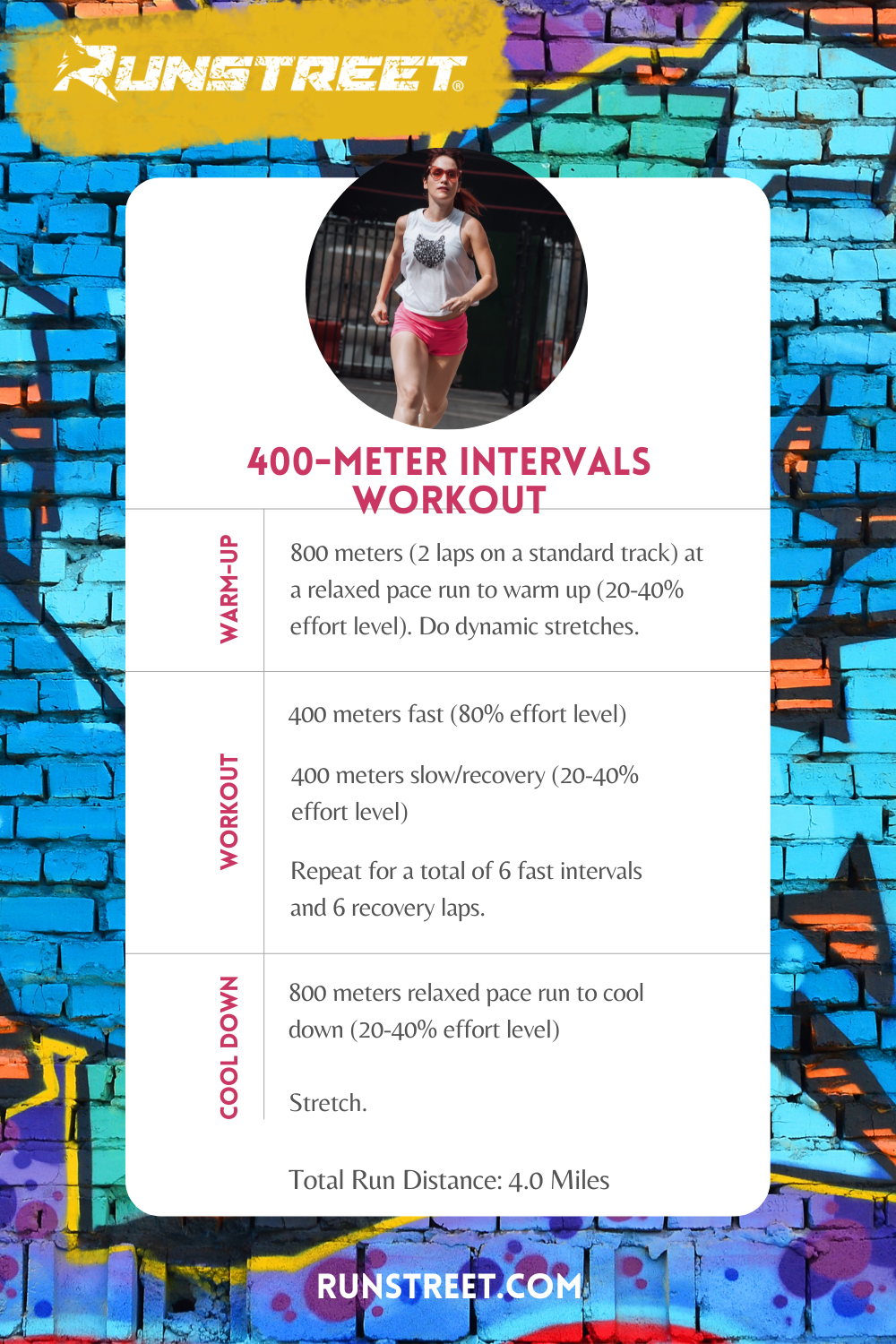Overhaul Your Running Strategy: Tips for Enhanced Efficiency
Overhaul Your Running Strategy: Tips for Enhanced Efficiency
Blog Article
How to stop and Handle Discomfort in Running: Specialist Tips and Recommendations
The search of that runner's high can in some cases be prevented by the unwanted buddy of pain. There exist proven strategies and experienced advice that can aid alleviate and manage these discomforts, enabling you to focus on the delight of running itself.
Relevance of Appropriate Shoes
Appropriate shoes plays an important duty in avoiding and managing discomfort for joggers, as it dramatically affects their comfort, performance, and total foot health and wellness. When it concerns running, using the right shoes can make all the difference. Ill-fitting or improper footwear can cause a host of issues such as sores, shin splints, plantar fasciitis, and a lot more severe injuries like tension cracks.
Choosing the proper running footwear involves considering factors such as foot kind, gait auto mechanics, running surface, and individual choices. Runners with high arcs may need more padding and assistance, while those with flat feet could profit from security shoes. Furthermore, comprehending pronation (the inward rolling of the foot) and supination (the external rolling of the foot) can aid in selecting footwear that provide the appropriate level of arch support.
Investing in quality operating footwear that are ideal for your individual demands can help avoid pain and discomfort while improving your running experience. Prioritizing correct footwear is not almost efficiency however additionally regarding protecting your foot health and wellness in the future.

Efficient Workout Strategies
Footwear selection is just one facet of planning for a successful run; an additional crucial aspect is applying effective workout strategies to enhance efficiency and reduce the risk of injury. A vibrant workout routine before a run aids raise blood circulation to the muscle mass, enhances flexibility, and enhances the array of activity of the joints. Dynamic extends like leg swings, high knees, and hip circles are advantageous in preparing the body for the physical demands of running. Progressively raising the strength of the warm-up workouts can aid activate the muscular tissues and enhance neuromuscular coordination.
In addition to dynamic stretches, integrating some light cardio exercises such as running or skipping rope can even more boost the heart rate and heat up the body. This mix of vibrant extending and light cardio aids loosen up limited muscles, oil the joints, and mentally prepares the jogger for the upcoming exercise (running strategy). By making warm-ups a consistent component of your running regimen, you can substantially minimize the risk of injuries and execute at your finest during each run
Key Extending Exercises
When getting ready for a run, incorporating vital extending exercises is necessary to enhance muscular tissue adaptability and prevent injuries - Read More. Dynamic stretches such as leg swings, high knees, and hip circles are beneficial for heating up the muscular tissues and enhancing series of motion prior to a run. These activities aid improve blood circulation, loosen limited muscles, and prepare the body for the task ahead
Fixed stretches like calf stretches, hamstring stretches, and quadriceps stretches should follow a run to assist in muscle recuperation and stop rigidity. Holding each stretch for 15-30 seconds permits the muscle mass to loosen up and lengthen, minimizing the danger of post-run discomfort and prospective injuries.
Furthermore, integrating yoga positions like down pet, pigeon position, and back spins can target numerous muscular tissue groups concurrently, advertising general versatility and strength. Regular stretching regimens not just enhance performance yet likewise aid in preserving excellent running form and protecting against overuse injuries. Bear in mind, correct stretching techniques are crucial for a safe and enjoyable running experience.
Healing and Rest Techniques
After completing a run, applying efficient recuperation and remainder techniques is essential for making best use of performance imp source and lessening the risk of injuries. In addition, integrating remainder days into your training timetable is important to stop overuse injuries and burnout.
Active recovery strategies such as gentle stretching, foam rolling, and yoga exercise can assist enhance circulation, decrease muscle mass discomfort, and improve versatility. It is also valuable to prioritize hydration and nutrition post-run to renew electrolytes, glycogen shops, and advertise muscular tissue recuperation.
Cross-training tasks like swimming or biking can give a break from the repeated impact of running while still preserving cardio fitness - running workout. Paying attention to your body and recognizing when it requires a break is crucial to avoid persistent injuries and ensuring long-lasting running success. Remember, rest is not a sign of weakness but a vital element of a well-rounded training routine
Cross-Training Conveniences

It permits you to work on various elements of fitness that might not be targeted only through running, leading to a much more well balanced and well-rounded athlete. Furthermore, cross-training can assist boost running performance by dealing with muscle discrepancies and weaknesses that might hinder efficiency.
Conclusion
In conclusion, proper footwear, workout strategies, extending workouts, healing approaches, and cross-training are crucial elements in avoiding and taking care of discomfort in running. By integrating these methods right into your routine, you can decrease the threat of injury and discomfort while maximizing performance and pleasure of the sporting activity. Read More. Bear in mind to listen to your body, focus on rest and recuperation, and look for professional support when required to ensure a safe and efficient running experience
Report this page